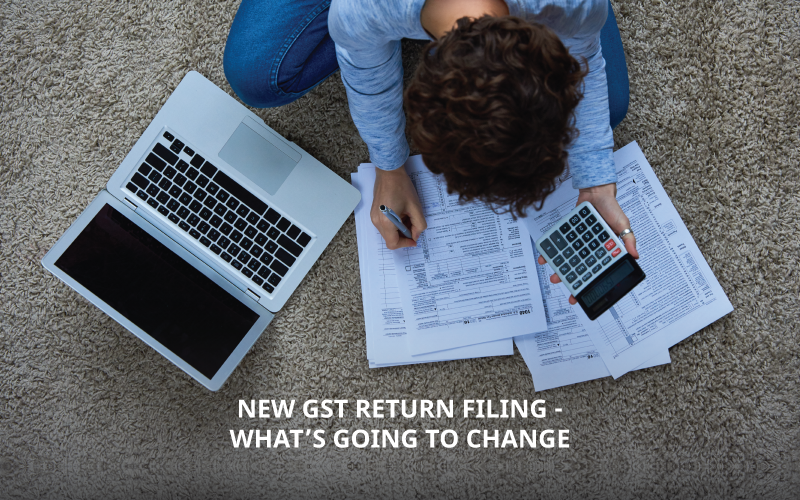The Government has made GST return filing easier for businesses, and extended due dates too! The new GST rules and changes will be implemented from April 2020.
The Government is also set to extend the due dates of Goods and Services (GST) Return Filing for businesses for FY 2017-18 to December 31, 2019, and for Financial Year 2018-19 to March 31, 2020.
The Government extended the dates for the following forms:
- Form GSTR-9 (Annual Return)
- Form GSTR-9C (Reconciliation Statement)
Simplifying GST:
Besides the extension of dates, the Govt also wants to simplify the GST return filing process for businesses.
How?
For starters, the Central Board of Indirect Taxes and Customs has moved to make different fields in these forms optional.
To simplify filing returns, the GSTN allows taxpayers the option to not provide:
- A split of input tax credit availed on inputs, input services and capital goods
- HSN (Harmonized System of Nomenclature) level information of outputs or inputs for the financial year 2017-18 and 2018-19.
What are the new GST return filing norms:
Introducing real-time invoice uploading:
Under the new GST system, businesses will have to keep track of invoices on a frequent basis. The new e-invoicing policy allows businesses to claim ITC and increases transparency when it comes to recording business purchases. For this, small businesses will have to be more aware of their vendors GST filing timelines (monthly/quarterly) in order to claim ITC at the right time.
Input Tax Credit Claims:
Along with the new Under the new return filing system, an Input tax credit can be claimed based on invoices uploaded by the supplier.
Previously, once a supplier uploads an invoice, businesses just had to self-declare ITC. With the new reform, once the supplier uploads the invoice to the GST network, your small business can accept, reject or mark the invoice as pending. Once the buyer accepts, Income Tax Credit will get credited to the recipient (in this case, your business).
Make sure your business maintains good communication with vendors in order to avoid mismatch in the invoices. In the case of inaccuracy in invoices, the recipient will have to reverse ITC in the main return and any false claims will lead to penal action from the Government.
Amendment returns:
Under the new return system, small businesses filing GST will be allowed to file two amendment returns for each tax period. This helps in the case of ITC reversals, where suppliers will have to make adjustment entries. In case ITC is available in the taxpayer’s electronic credit ledger, it can be utilized for paying the liability in the amendment return.
Any adjustment entry can be done using the tax period that the invoice belonged to.
Amendment of a GST invoice will be allowed only if ITC has not yet been availed by the recipient.
ERP Integration:
The new reporting requirement by the GST network requires small businesses to update the software used to file their GST returns. Small businesses will have to make changes to accounting software ERP ( Enterprise Resource Planning) System to comply with the new GST returns.
How can this benefit your business?
The above changes and norms could pose a challenge for small businesses in terms of adapting to new technology and being constantly wary of their suppliers invoicing details. However, the GST council is confident this will benefit businesses in the long run.
How?
The CBIC hopes that with these changes, GST taxpayers will be able to file their annual returns along with the reconciliation statement on a timely basis. It also seeks to eliminate any fraudulent practices from any party. The new GST filing system simplifies the entire process for businesses and helps your business keep track of invoices easier.
Is your business new to the complicated and dynamic world of GST? We have a FREE course to help you understand the basics of GST for your business! All you need to do is register on mojoVersity – our premier e-learning website for small businesses only.

